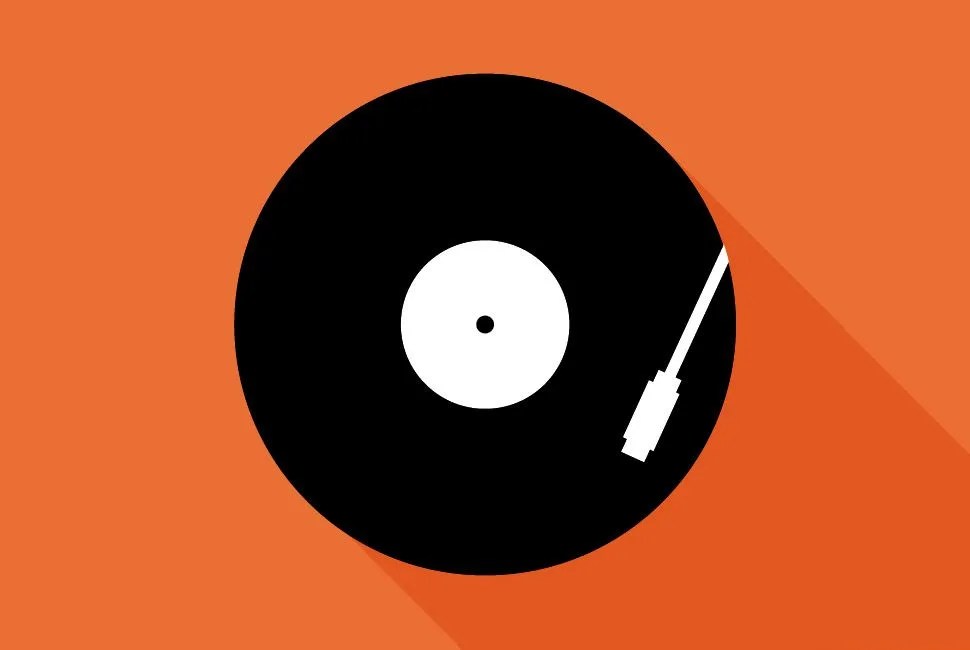If analog music production has a headquarters today, it’s located in a modest building just south of downtown Nashville, nestled in a group of scattered warehouses, two stories tall with a jet black brick facade and a brilliant yellow roll-up door. A name, Third Man Records, streaks along the top of the structure in an embossed silver sans serif font. Inside is a record store, studio and label headquarters, designed like an art-deco emporium mashup of a Stanley Kubrick fever dream.
Third Man Record’s mastermind and proprietor is guitar hero Jack White (of The White Stripes, The Dead Weather, and The Racounters). Along with running his own operation at Third Man, White invites other bands to record at the facility in front of an audience, live and direct to tape. The tape is then cut to a vinyl master and reproduced in limited quantities. There is no digital at any point in the signal chain, meaning these recordings, done in 2015, use similar tools to the recordings of mid-20th-century legends like Charlie Patton and Elvis Presley.
White’s emphasis on vinyl is not just a passion project — it has proven to be an effective commercial expedition, too. His solo release Lazaretto moved 40,000 vinyl LPs in its first week of release in 2014, setting a new sales record (since Soundscan began tracking in 1991) for a medium that many thought extinct. Suddenly, in an age where low-quality streaming dominates the mainstream habit, the record — as an inconvenient, impractical opposite — is regaining an enthusiastic audience. “Jack White is a modern expression of an archaic experience,” said Ken Lopez, an audio engineer who’s worked with Miles Davis and Ray Charles, among others, and currently sits as the chair of University of Southern California’s music industry program. “He’s very connected with the making of the music. It’s part of his sonic texture.”
Despite pricey barriers to entry and a complete lack of portability, the act of dropping a needle and basking in the entirety of Side A or B is still proving attractive to many. According to Nielsen’s most recent mid-year report, vinyl album sales are up 260 percent since 2009 and artists combined to move 9.2 million total units in 2014, compared to about 1 million in 2005. Last year, the revenues from vinyl sales even superseded those from ad-supported streaming services (like the free version of Spotify). Lopez, who also spent years engineering speakers as an executive for the audio company JBL, repeatedly refers to the “ritual of listening” when asked about the advantages of putting on a record. “Given our fast-paced tech life, the vast difference and mindfulness of the ritual is the appeal,” Lopez said.
“Our hearing in perception is analog in nature, whereas digital quantizes sound and turns it into mathematical representation.”
The tactile nature of a record and the comforting hiss while it spins can’t be ignored, but there is also musicological evidence for why humans might gravitate to the medium. First, the visual process of seeing the amplifier tubes glow and the record spin actually changes how we hear. “People hear with their eyes,” said Lopez, citing consumer studies from his years of experience at JBL. “Visual cues play into our perception of audio.” Staring at big, bulky hi-fi speakers can cause a person’s brain, and thus ears, to tune into a warm low end, whereas sleek, metal-lined modern tower speakers might cause one to anticipate something harsher and brighter.
Also, the mid-range sound that many human ears find naturally palatable is a function of a vinyl’s physical traits. The grooves where a record holds its audio can only tolerate a certain amplitude, meaning the music has to be EQ’d to fit into excursions of a specific depth. In turn, some high and low frequencies have to be filtered out during mastering, leaving the listener with mid-range tones that they perceive as “warmth.” “Our ear is attracted to warmth,” said Lopez. “Our hearing in perception is analog in nature, whereas digital quantizes sound and turns it into mathematical representation.”
